Best Leica M lenses in 2025: every current Leica M rangefinder lens
Looking for the best Leica M lens? These are all the Leica-made rangefinder lenses for Leica cameras
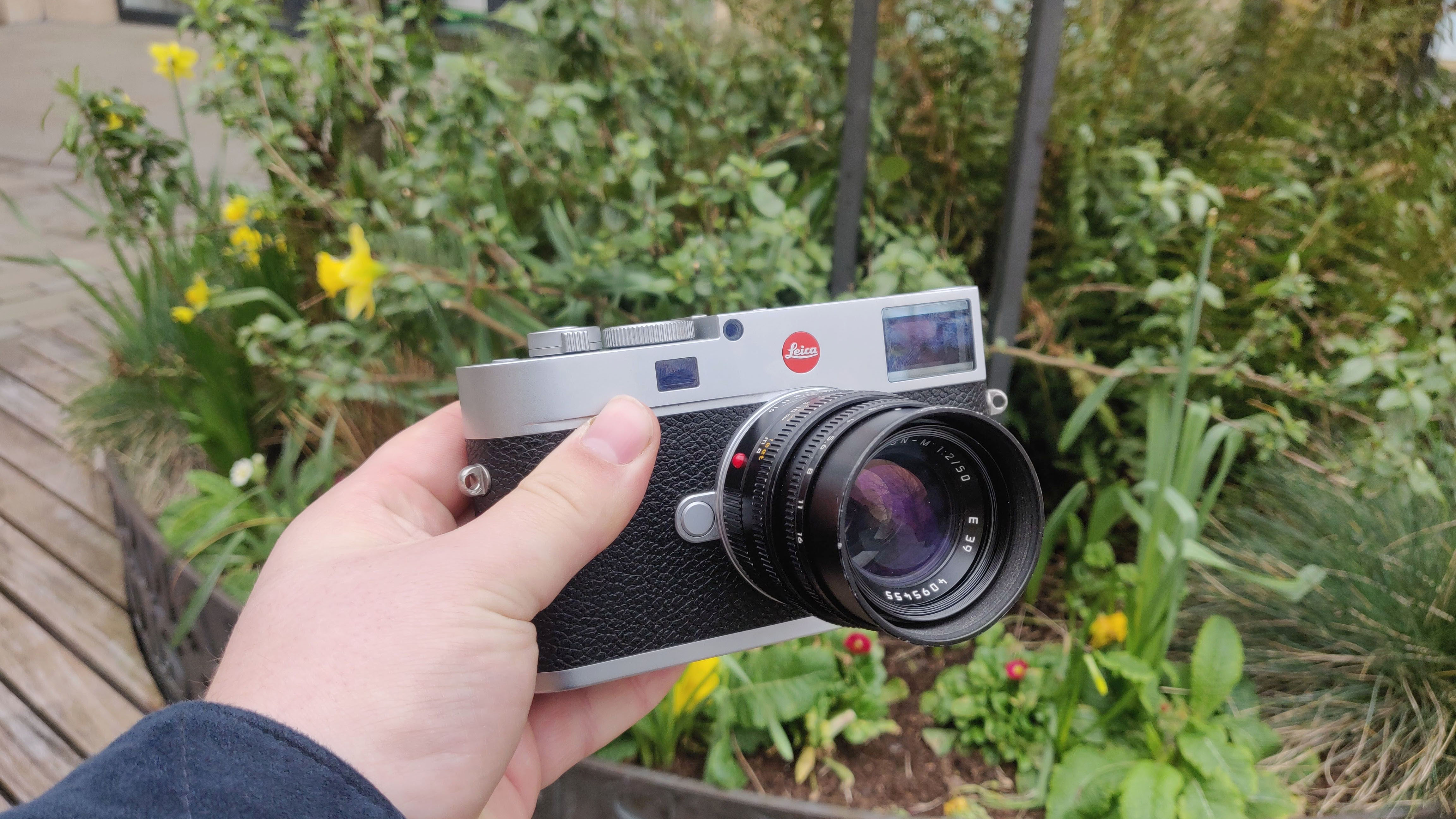
- Best Leica M lenses: our top picks
- Best Zoom for M-mount
- Best budget 21mm
- Best 21mm prime
- Best 24mm
- Best 28mm overall
- Best modern-day classic
- Best compact 35mm
- Best 35mm overall
- Best 50mm for travel
- Best for clarity
- Best 50mm overall
- Best 75mm
- Best 90mm
- Best for reach
- Leica lens names explained
- How we test lenses
If you're searching for the best Leica M lens for your rangefinder, you have plenty of options to choose from. In this guide, I break down the entire lineup, highlighting the strengths of each lens and where to find the best deals today.
Leica M cameras are a unique, premium choice, valued by photographers who appreciate their distinctive design and manual focusing system. While they can be challenging for those used to modern autofocus cameras, dedicated Leica users have mastered these tools for decades, keeping the brand at the forefront of photography.
The latest Leica M11, with its impressive 61-megapixel full-frame sensor, builds on the success of the 40-megapixel M10-R and the monochrome-only M10 Monochrom. The M series’ combined viewfinder and rangefinder system has made these cameras a favorite among discerning photographers for over 60 years. Their compact, minimalist design and nearly silent operation make them ideal for street photography, candid portraits, and more.
Leica's philosophy of simplicity extends to its M-mount lenses, which are compact, lightweight, and deliver exceptional optical performance. Renowned for their resolution, contrast, color accuracy, structure, and tonal depth, the current M-mount lineup includes four categories: prime lenses—further divided into ‘fast and compact,’ ‘high speed,’ and ‘classic’ sections—and a single zoom, the TRI-ELMAR-M 16-18-21mm.
Scroll down to find out what your next lens is going to be!
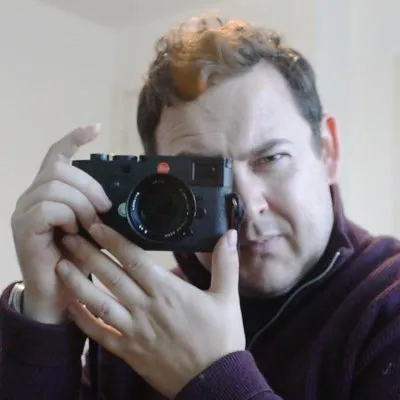
For nearly two decades, Sebastian's work has been published internationally. Initially specializing in equestrian photography, his images have been featured by industry leaders like the FEI, The Jockey Club, and Horse & Hound in advertising, books, and event coverage.
He has a deep interest in 35mm, medium, and large-format photography, working with brands like Leica, Phase One, Hasselblad, Alpa, and Sinar. Sebastian has also used a wide range of cinema cameras, including Sony, RED, and ARRI. In his spare time, he shoots street and documentary photography—mostly in black and white—using his trusted Leica M-E or M2.
Best Leica M lenses: our top picks
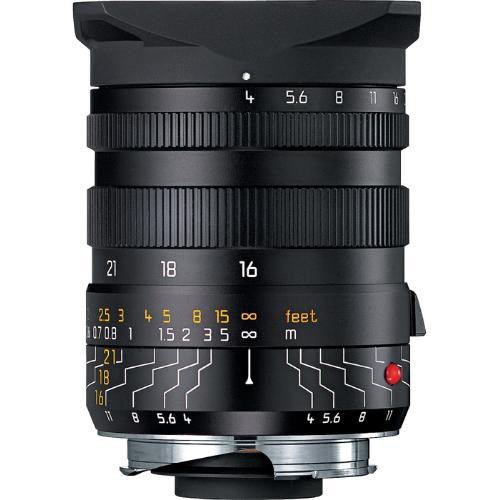
Think ultra-wide zooms and you’re probably thinking of big, hefty lenses. Typical of Leica M-mount optics, however, this one is refreshingly small and lightweight.
Read more below
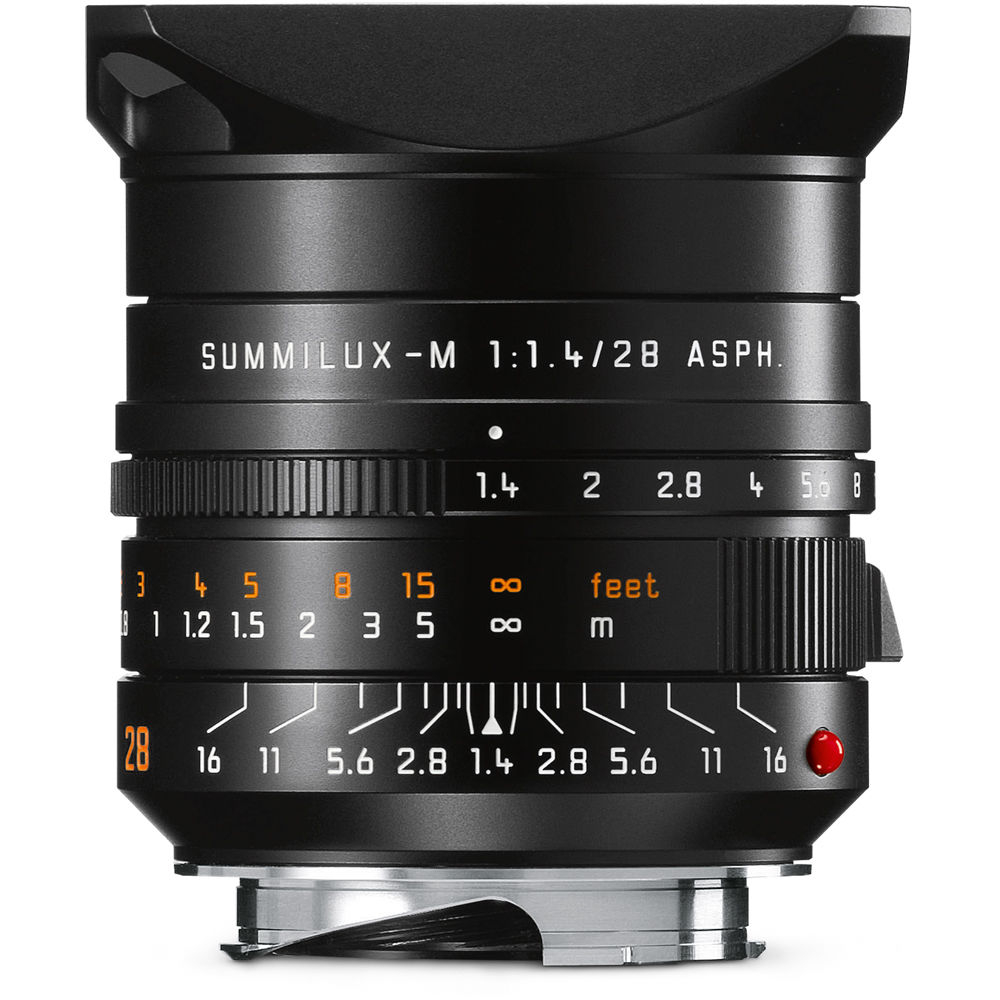
If you’ve been looking for the ultimate 28mm lens to fix onto your Leica for street, reportage, or even landscapes then this Summilux is the one to get, but be prepared to pay handsomely for it.
Read more below
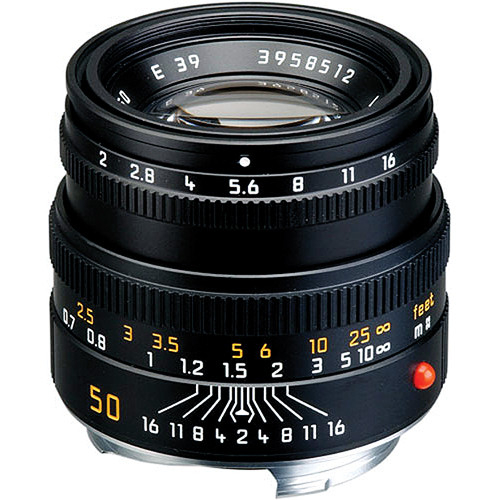
As a Summicron 50mm, this lens has the same f/2 aperture rating as its APO sibling, but in a slightly smaller and lighter build. It’s also much lighter on the wallet, at only about half the cost.
Read more below
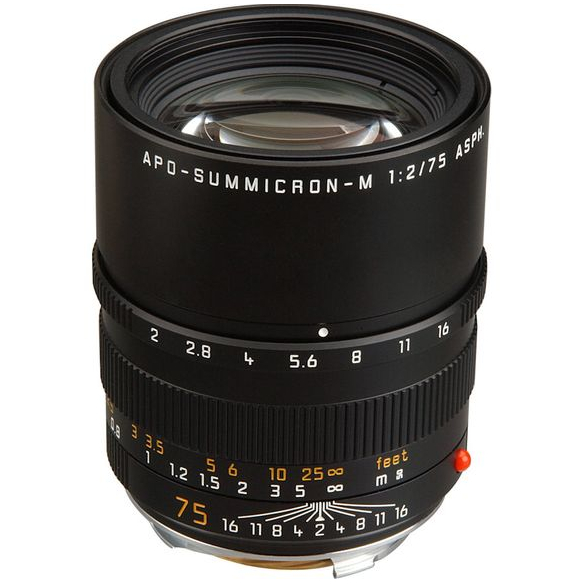
If you are looking for a great portrait lens then this 70mm APO Summicron is the perfect choice for quality, contrast, and sharpness
Read more below
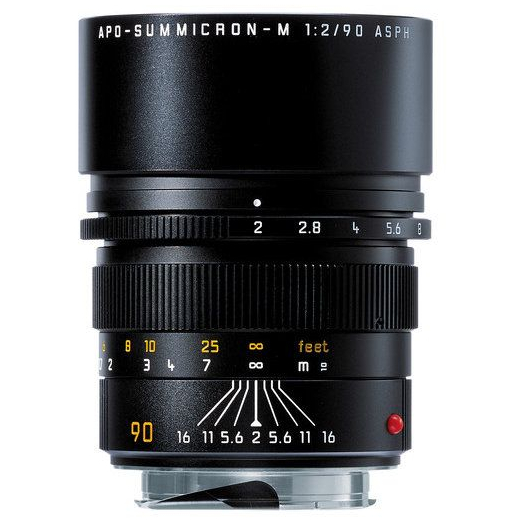
If you want that extra reach over the 75mm the 90mm Summicron is a great choice for those looking to capture all types of action.
Read more below
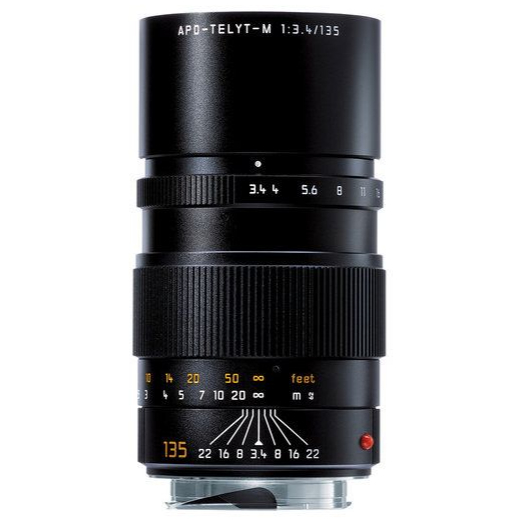
The longest focal length in the Leica lineup this lens is perfect for sports, landscape and everything in-between, and being able to stop down to f/22 makes this a versatile lens.
Read more below
Best Leica M lenses
Why you can trust Digital Camera World
Best Zoom for M-mount
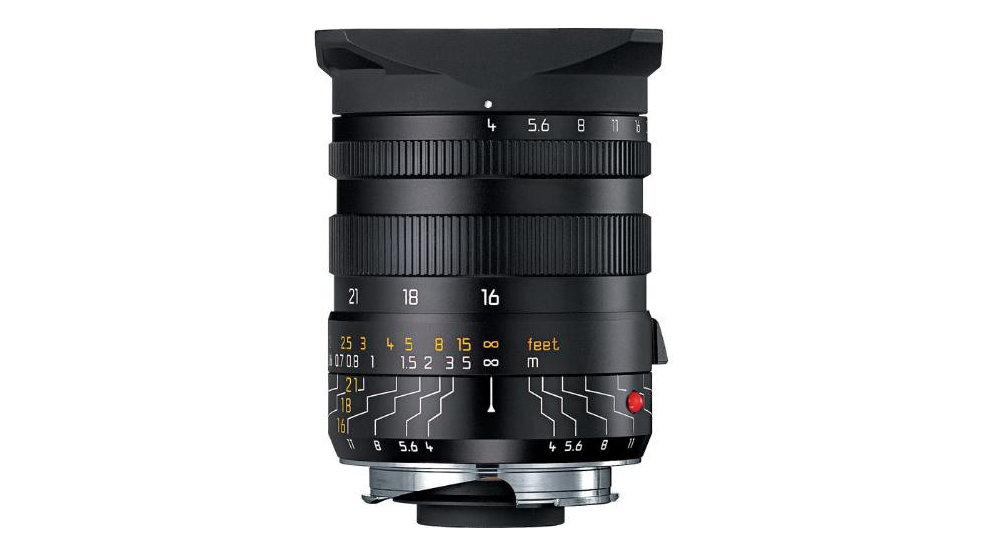
1. Leica Tri-Elmar-M 16-18-21mm f/4 ASPH.
Specifications
Reasons to buy
Reasons to avoid
✅ You to carry just one lens: with three focal ranges in one lens this is the perfect wide-angle soon for the Leica system
✅ You shoot with filters: due to its front thread of 67mm (via adaptor) you can shoot landscapes with ND filters to your heart's content
❌ You want a fast aperture: With its fastest aperture being f/4 you are losing up to 2-stops of light when compared to prime alternatives
❌ You want frame lines: Leica's widest framing in all its cameras is 28mm - to see wider you will have to buy an external viewfinder that will cost you a pretty penny!
Think ultra-wide zooms and you’re probably thinking of big, hefty lenses. Typical of Leica M-mount optics, however, this one is refreshingly small and lightweight.
Especially useful for landscape photography, it also features an adapter that serves as a 67mm filter attachment thread. Minimal distortion and field curvature make it a great choice for architectural photography as well.
This is the perfect solution for anyone looking to have three lenses in one, and it's the only Leica zoom that lets you zoom in between its 16-18-21 focal lengths so you can make sure your images are the best that they can be at the time of taking the shot, so no need to crop them later.
Best budget 21mm
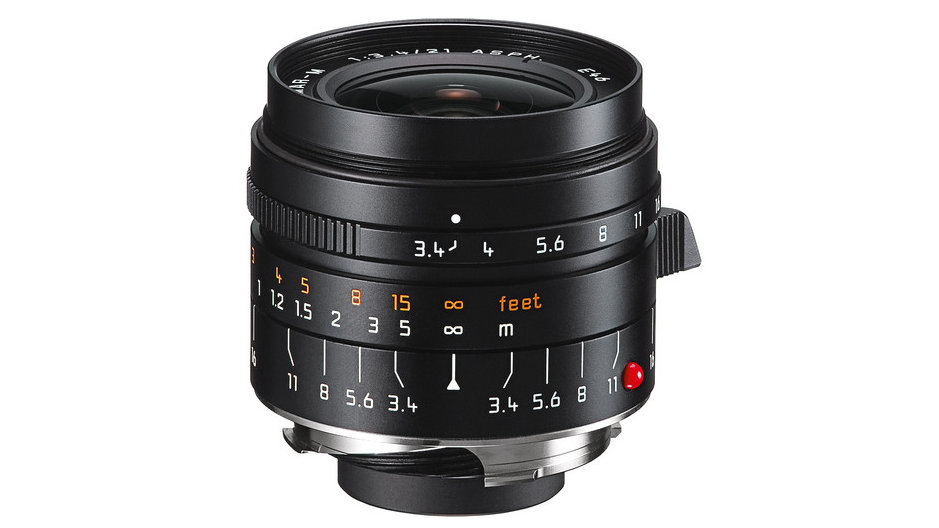
2. Leica SUPER-ELMAR-M 21 f/3.4 ASPH
Specifications
Reasons to buy
Reasons to avoid
✅ You want compact: due to its small aperture Leica has made this the most compact 21mm in its range, great for keeping on your camera all the time
✅ You want a 'cheap' Leica lens: while expensive in terms of Leica quality this is a bargain!
❌You're on a budget: while it's a cheap alternative it's still over 2K - which is a lot!
❌ You have big hands: due to its size it can be rather fiddly to select apertures or adjust focus on-the-fly
Compactness meets relative affordability in this Super-Elmar ultra-wide-angle prime. It’s a wonderfully small, lightweight lens for when you’re trekking across challenging terrain and will reward you with epic landscape images, thanks to its superb sharpness and contrast, along with minimal distortion and vignetting. A metal screw-in hood helps to fend off flare.
Best 21mm prime
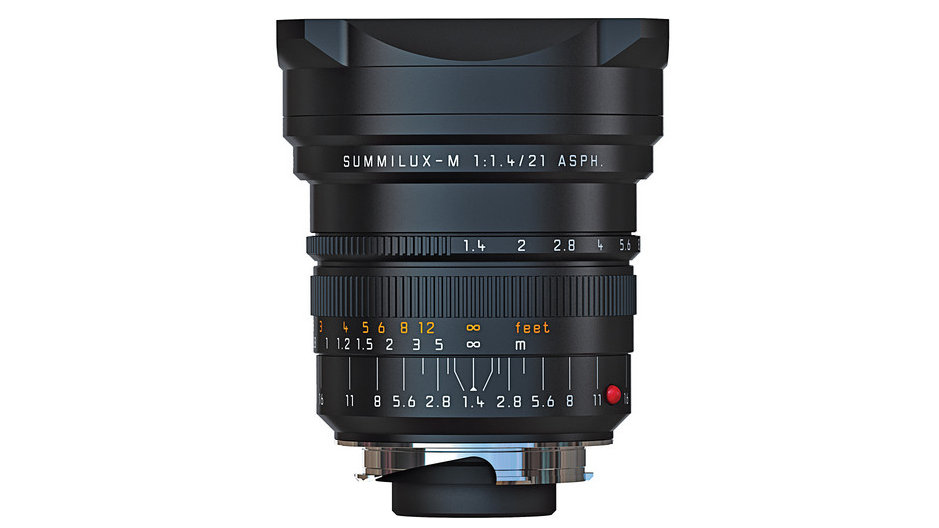
3. Leica SUMMILUX-M 21 f/1.4 ASPH.
Specifications
Reasons to buy
Reasons to avoid
✅ You want the best: With an aperture of f/1.4 this is the fasted 21mm you can buy from Leica.
✅ You want great optical performance: thanks to its f/1.4 aperture and its solid construction from Leica you will be sure to achieve superb image quality with your images.
❌ You want lightweight: at a hefty 580g this is no lightweight and its size also makes it rather cumbersome
❌ Your saving money: This lens will eat away at any sensible savings you have, costing over 7K
More than twice the weight, and the price of the Super-Elmar 21mm lens, this Summilux has a super-fast f/1.4 aperture and a more complex optical path.
With minimal distortion or vignetting, especially for such a wide-angle lens, it’s eminently suitable for landscape and architectural photography. The rectangular lens hood is highly effective as well as enabling the use of Series VIII filters.
Best 24mm
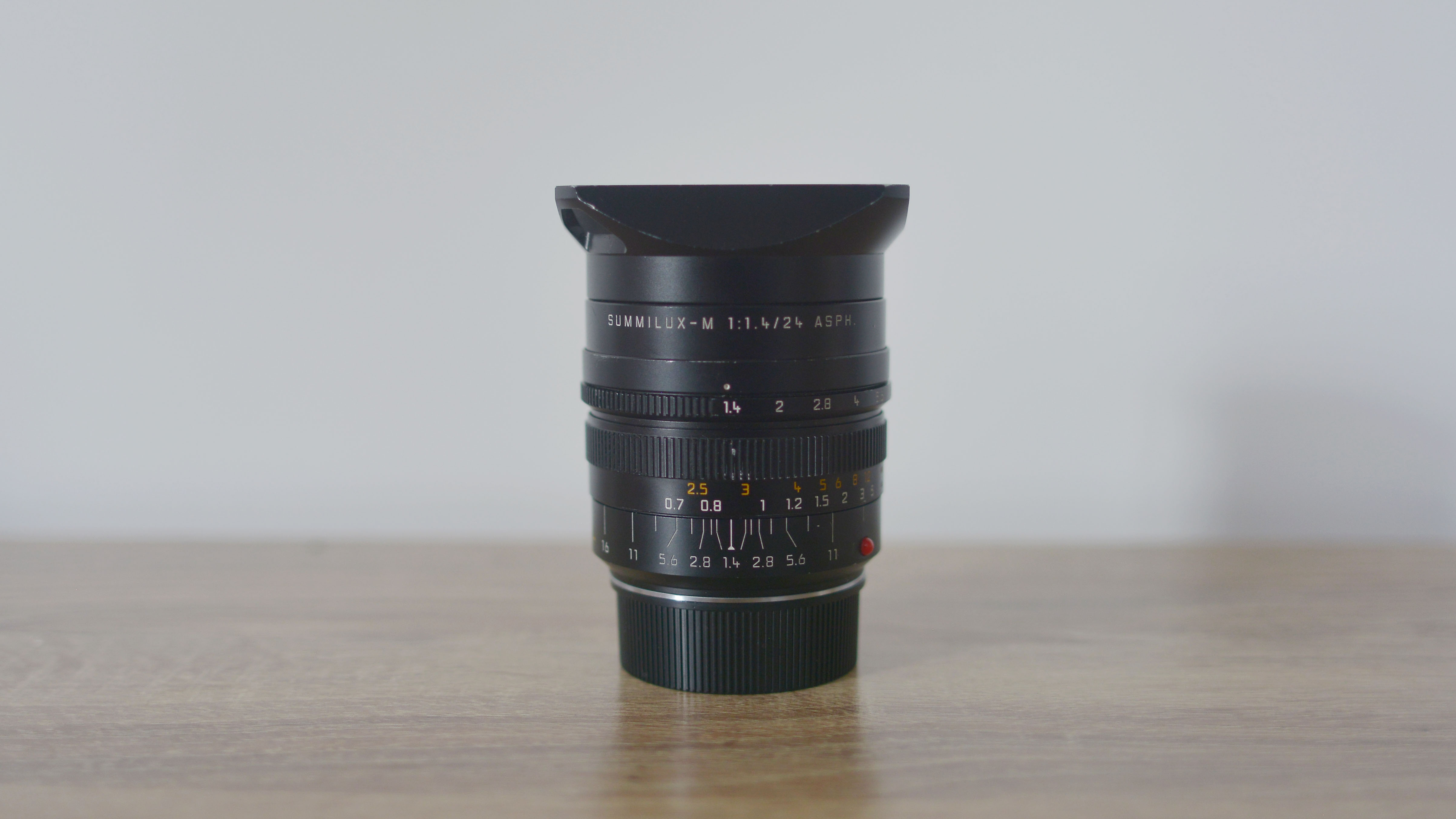
Specifications
Reasons to buy
Reasons to avoid
✅ You want fast focus: With a quarter-turn from 0.7 to infinity you can be sure to hit critical focus lightning fast - perfect for street photography
✅ You shoot interiors: 24mm is the perfect range to showoff those fancy interiors to the masses
❌ You're not willing to wait: This 24mm is the best, and because of that it's not in stock at most retailers and now will be a special order at some.
❌ You want a focus tab: Oddly this 24mm Summilux does not have the traditional focus tab, which means its tricky to focus when your used to have one
Overall, the Leica 24mm Summilux-M f/1.4 lives up to its legendary status however, there are some caveats when choosing such a lens. The lack of a focus tab being one of them when the rest of the Leica wide-angle lineup features it is a bit of a mystery, yet once you get the hand of focusing normally, with its quarter turn from 0.7-infinity you will be able to achieve critical focus within an instant.
This lens is beautifully built, but it will cost you a fortune. However, if you are looking for this to be your one lens to rule them all, it is a wise investment and can give a unique look to your images.
Read our full Leica 24mm Summilux-M f/1.4 review for more details
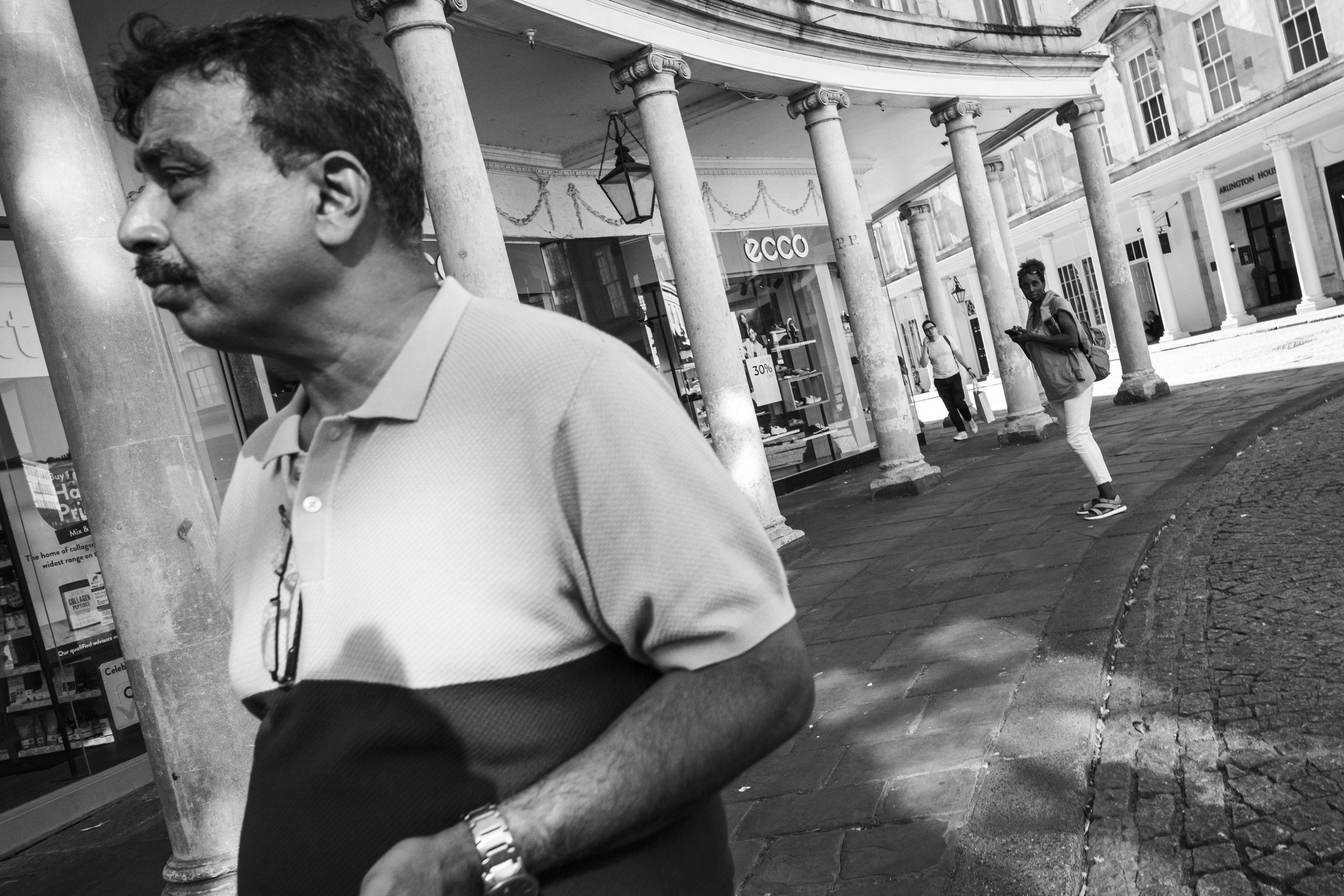
Best 28mm overall
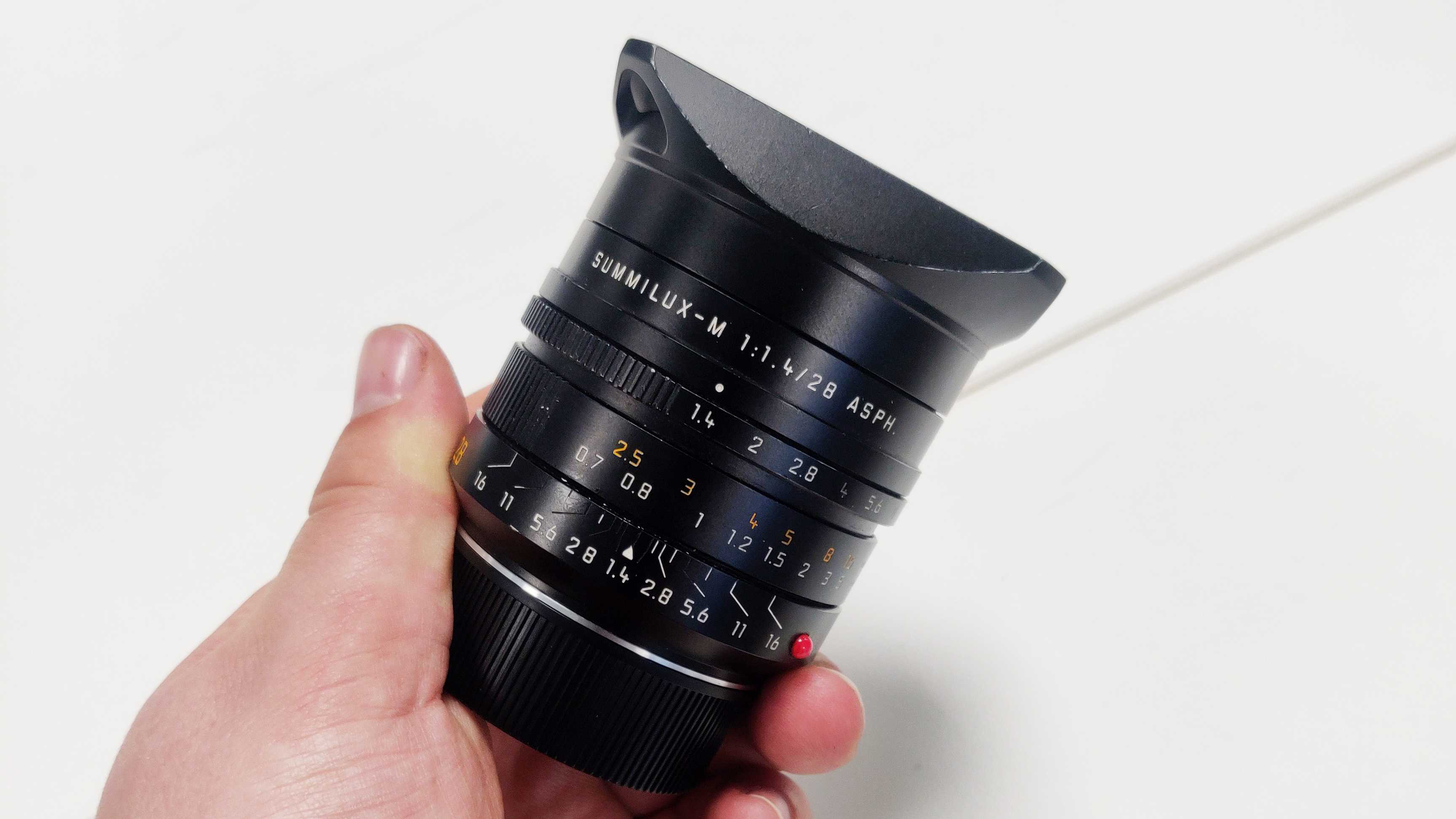
Specifications
Reasons to buy
Reasons to avoid
✅ You want background separation: with outstanding background separation this lens makes your image highlight the subject you are shooting
✅ You shoot street: 28mm is considered the 'gold-standard' wide-angle for street photography and this does not disappoint
❌ You want compact: while it is smaller than most lenses in the Summilux line - this is still rather large to carry every day
❌ You want something cheap: At over 6K this isn't cheap - but it is if you're only shooting this lens for the rest of your life.
If you’ve been looking for the ultimate 28mm lens to fix onto your Leica for street, reportage, or even landscapes then this Summilux is the one to get, but be prepared to pay handsomely for it.
The Leica 28mm Summilux-M f/1.4 ASPH. is built like a tank with only the best materials used, and functions as expected from the renowned German manufacturer. But it will cost you a small fortune to own such a legend of a lens; however, if you’re looking for this to be your one lens to use on every occasion and be strapped to your camera for the end of time, it is a wise investment.
A lens like this carries a lot of prestige with photographers around the world and if they own one they hold on to it, or if they find it, it's never in stock for long, so if you find one in stock then go for it!
Read our full Leica 28mm Summilux f/1.4 ASPH. review for more details
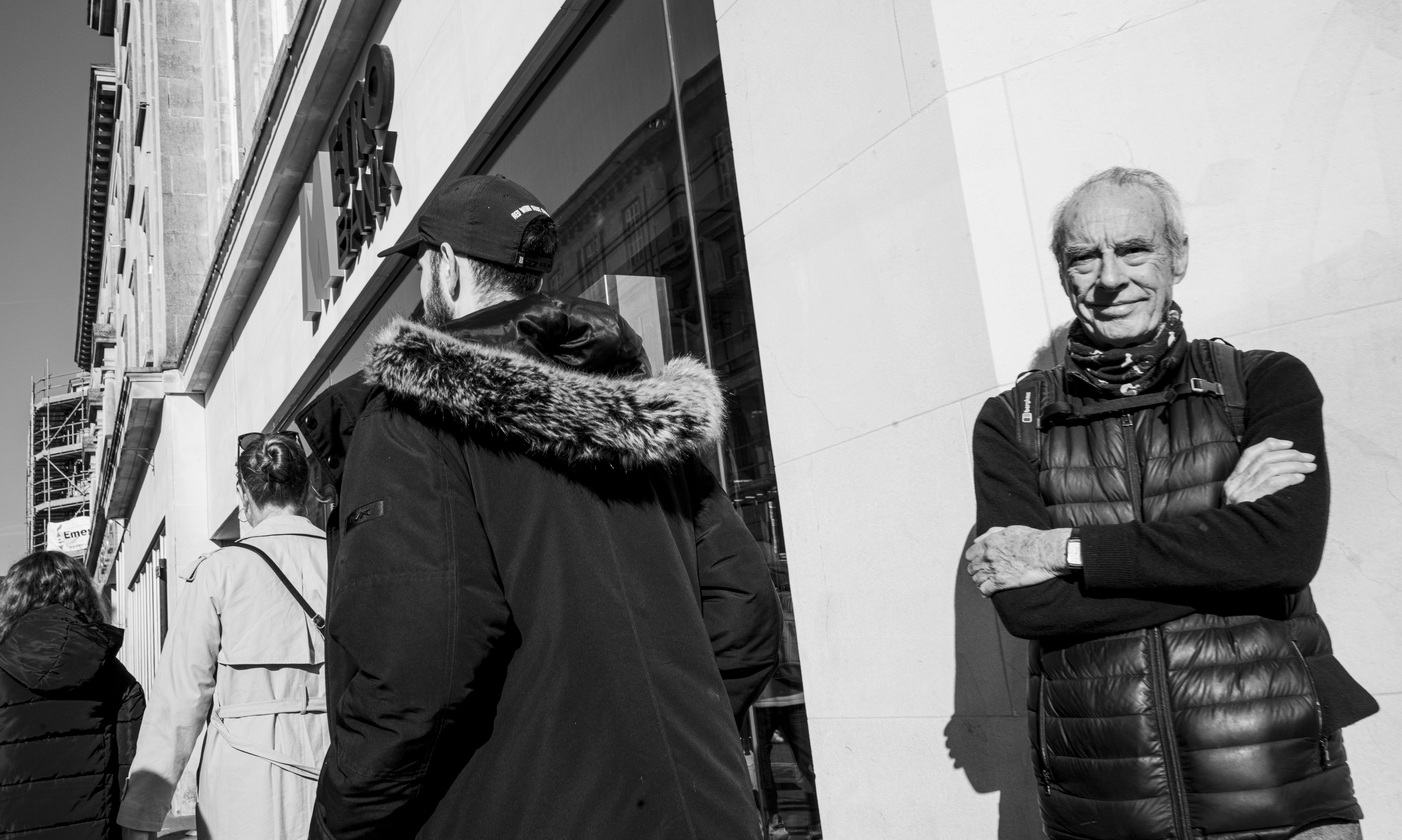
Best modern-day classic
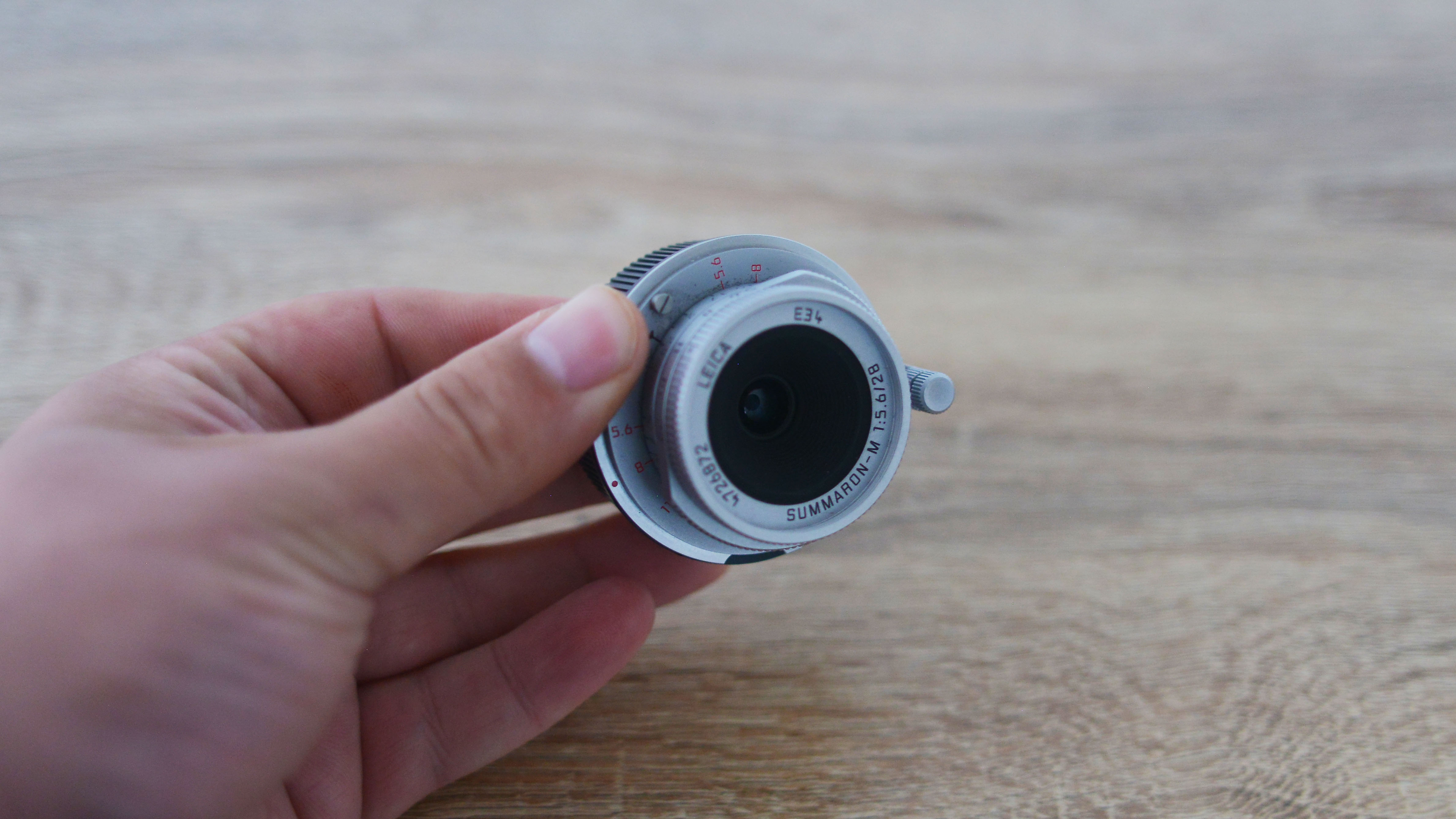
Specifications
Reasons to buy
Reasons to avoid
✅ You want compact: by far the most compact lens Leica makes, this pancake lens is perfectly compact without compromise
✅ You want to 'set it and go': perfect for setting and forgetting this turns your Leica into a fast point-and-shoot
❌ You want a faster lens: at only f/5.6 it means you will need to up your ISO when the sun goes down
❌ You don't want contrast: built to Leica's original lens groups blueprint this lens produces masses of contract, which isn't suited to some.
The Leica 28mm Summaron-M f/5.6 is one of those lenses that you think could be a bit of a gimmick, a recreation of an old lens for the modern day. But that is far from the case, as this is without a shadow of a doubt the most fun lens I have used within the Leica lens lineup.
It produces stunning images filled with the punchy contrast and clarity that make your images stand out from the crowd. It is a tiny marvel of lens engineering and allows for the most compact package that Leica has ever made.
The cost is rather high for a lens with a maximum aperture of f/5.6, but when you look past that and really see how this lens performs in the field, and how it renders images, I think it is worth every penny!
Read our full Leica Summaron-M-M 28mm f/5.6 review for more details
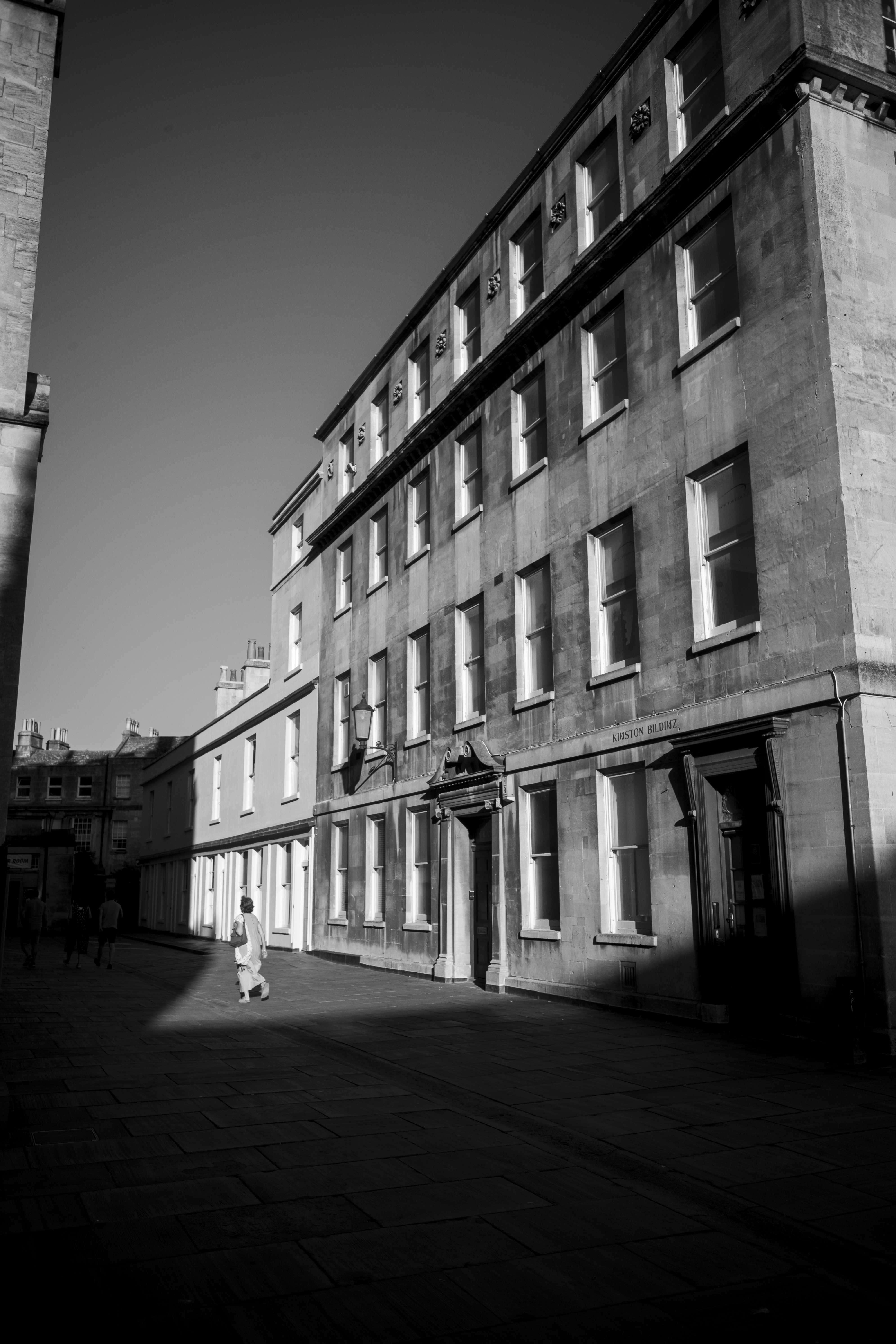
Best compact 35mm
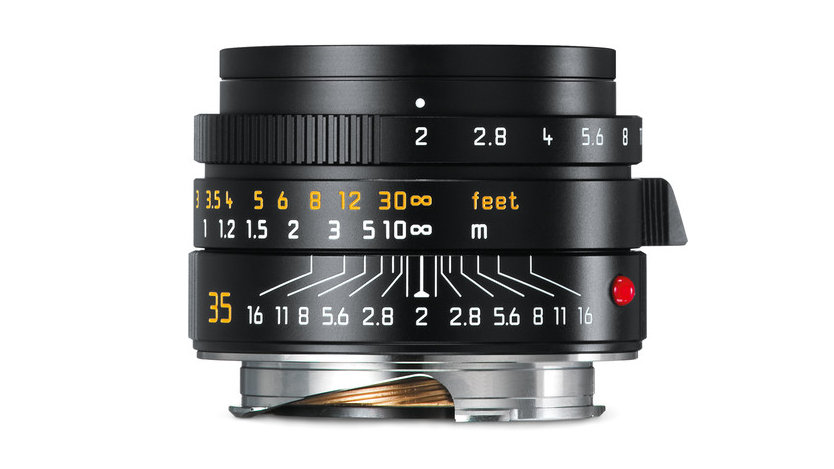
7. Leica SUMMICRON-M 35mm f/2 ASPH
Specifications
Reasons to buy
Reasons to avoid
✅ You want compact: weighing in at just 255g this f/2 35mm is wonderfully compact to an everyday carry
✅ You want a classic look: 35mm has been used the many photography greats and gives off a classic look
❌ If you want to use filters: at a weird 39mm you can use filters on this lens but they will cost you more than they should
❌You're scared of getting close: a 35mm comes into its own when you are close to your subject when others might like to remain unseen
Weighing in at just 255g, this lens nevertheless packs in seven optical elements including an aspherical element. The 35mm focal length is a classic choice in street photography, for which handling is up to Leica’s typically impeccable standards.
Image quality is razor-sharp, even when shooting wide-open, with a beautifully smooth bokeh that remains very good when stopping down a little, thanks to the well-rounded 11-blade diaphragm.

Best 35mm overall
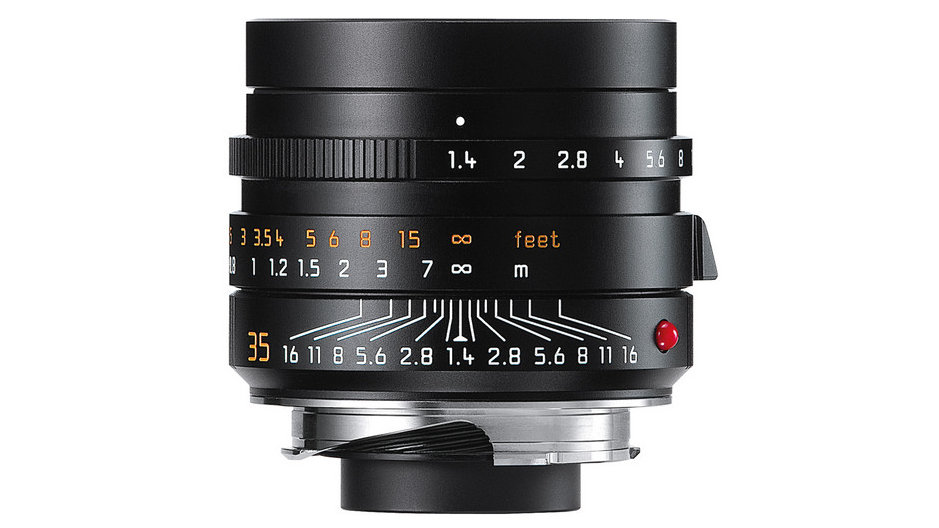
8. Leica SUMMILUX-M 35 f/1.4 ASPH
Specifications
Reasons to buy
Reasons to avoid
✅ You want the best 35mm around: considered the best 35mm in the Leica line-up this lens delivers stunning results
✅ You want low-light performance: with its f/1.4 aperture this lens draws in tons of light
❌ You're on a budget: at over 5K this lens is a heavy investment for most
❌ You want good ergonomics: the lens is rather heavy and bulky which makes it front heavy and substantial to hold
Although undercutting the Summicron 35mm f/2 lens for the price, this one has a faster f/1.4 aperture rating that makes it arguably more versatile in low-light photography and anytime you want a really tight depth of field.
It can’t focus as close as the f/2 lens but, even so, the floating elements behind the diaphragm blades ensure image quality remains outstanding at short focus distances.
Best 50mm for travel
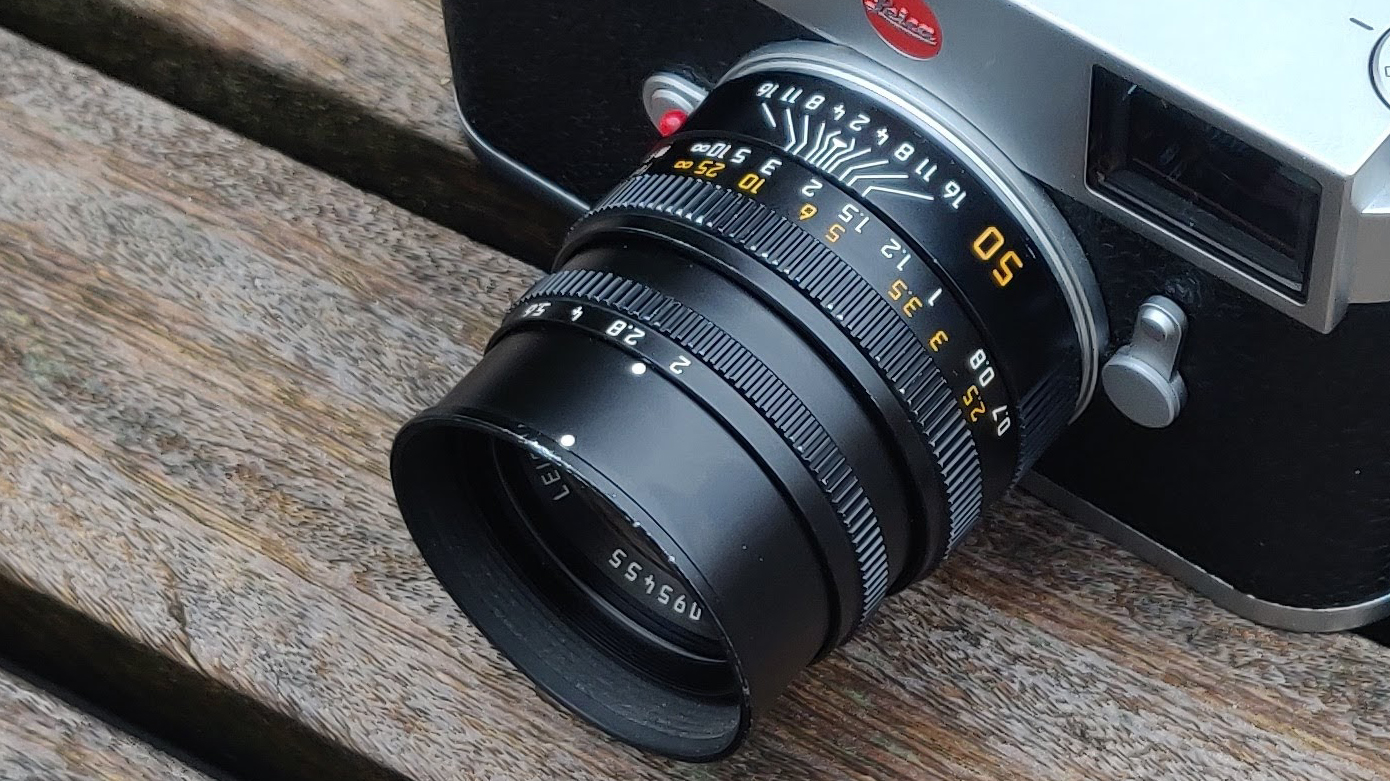
Specifications
Reasons to buy
Reasons to avoid
✅ You're on a budget: at just over 2K this lens offers incredible image quality for the money
✅ You like to travel: with its retractable lens hood and compact stance this lens is great for travel
❌ You want street cred: this is an amazing lens, but it's not the APO which is regarded as incredible
❌ You want f/1.4: at f/2 your not far off, but an f/1.4 will offer better light-gathering when the sun goes down
As a Summicron 50mm, this lens has the same f/2 aperture rating as its APO sibling, but in a slightly smaller and lighter build. It’s also much lighter on the wallet, at only about half the cost.
Contrast and corner-to-corner sharpness are fabulous, even wide-open at f/2, while distortion is negligible. It’s arguably the best buy in the 50mm line-up.
See our full Leica SUMMICRON-M 50 f/2 review.
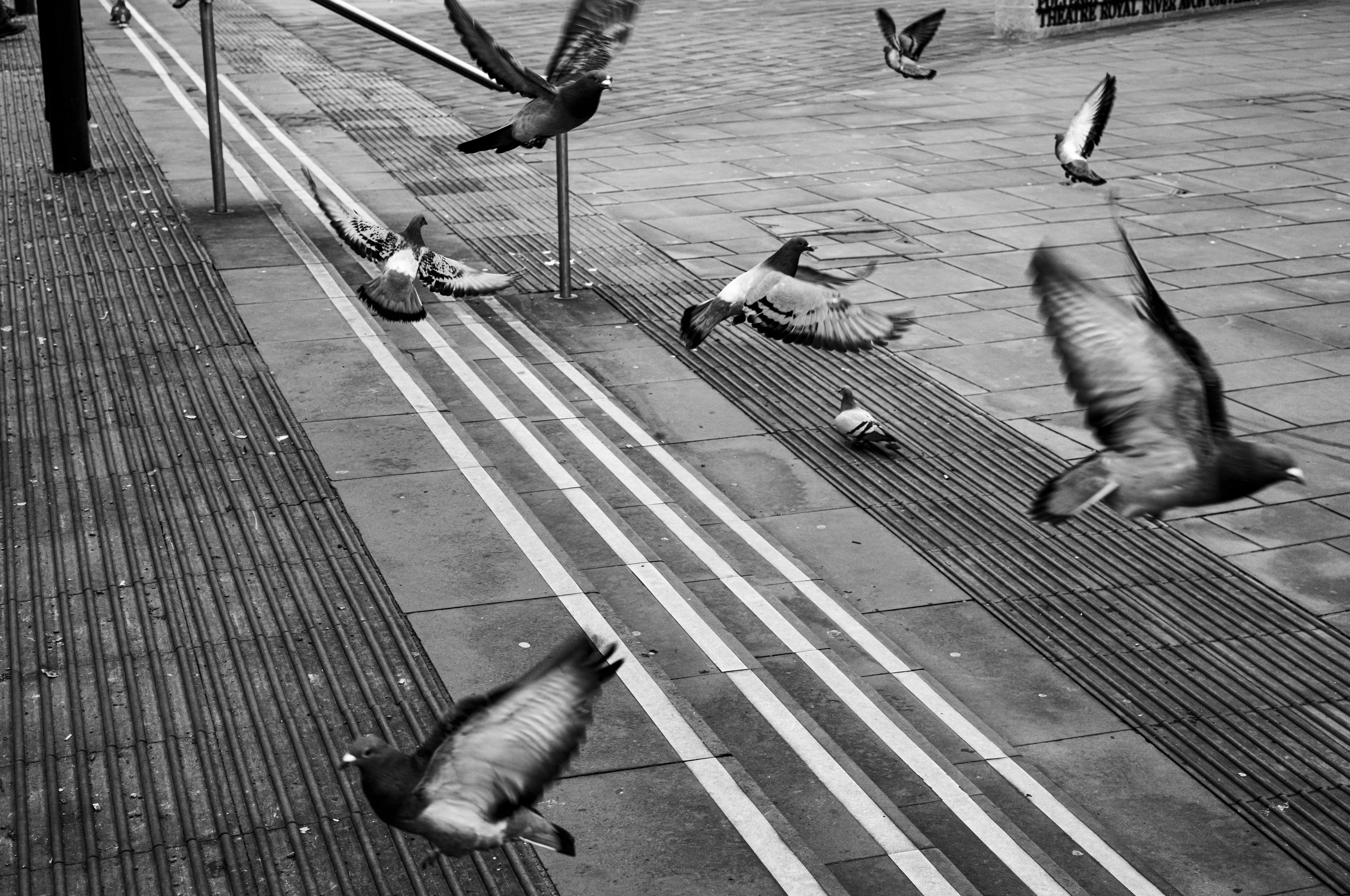
Best for clarity
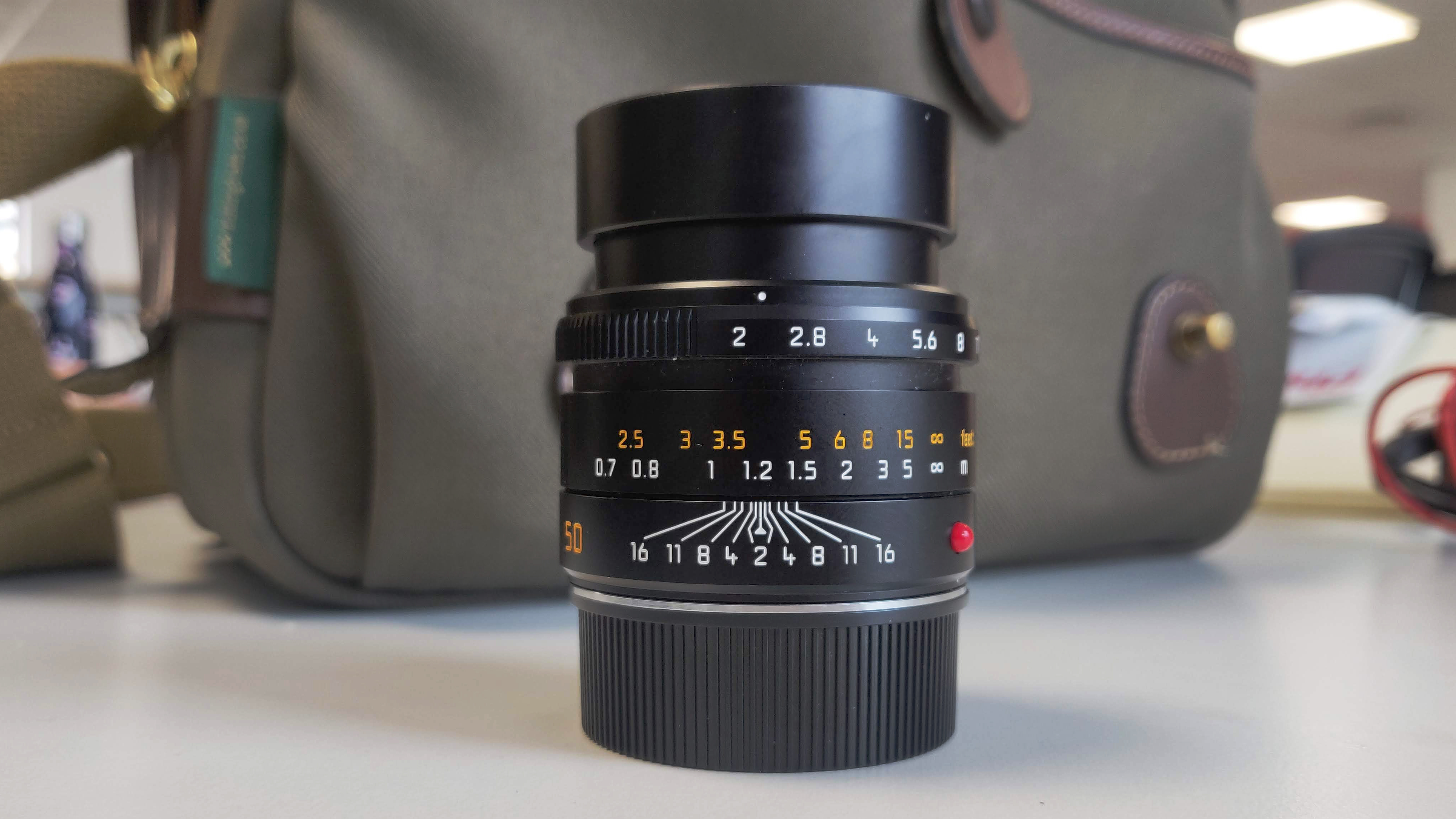
Specifications
Reasons to buy
Reasons to avoid
✅ You want the best f/2 around: the APO 50mm f/2 is recorded as the best 50mm out there (some say even better than the Summilux) it surpasses everything in its price range
✅ You want great build quality: Built to the highest standards from the glass to the lens barrel this is pure quality
❌ You want street cred: this is an amazing lens, but it's not the APO which is regarded as incredible
❌ You want f/1.4: at f/2 your not far off, but an f/1.4 will offer better light-gathering when the sun goes down
The Leica 50mm APO Summicron-M f/2 ASPH is one of Leica’s most popular lenses in its APO line-up. Its characteristics are legendary for producing exceptional sharpness, even wide-open to its full control of the Red, Blue, and Green waveform to produce lifelike images with a distinct pop that only a Leica lens can produce.
Its price might be in a different orbit from the “normal” Leica price, ok it's double that, but from what this lens produces, this is a lifetime investment and one that will serve you well for your whole life.
This lens offers zero chromic aberration, a 3D pop that only a Leica lens can produce while producing outstanding images in low-light conditions.
Read our full Leica 50mm APO Summicron-M f/2 ASPH review for more details

Best 50mm overall
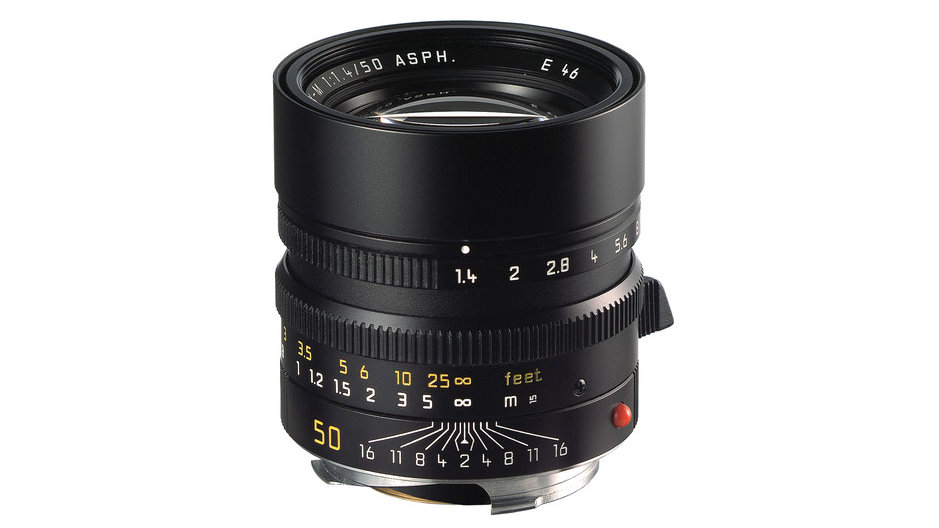
12. Leica SUMMILUX-M 50 f/1.4 ASPH.
Specifications
Reasons to buy
Reasons to avoid
✅ You want the best: While the APO is recorded as the best, the Summilux is regarded as the one to have!
✅ You want street cred: Summilux is renowned all over as the best lens and other photographers admire your lens from afar
❌ You want lightweight: It is hefty, but compact which makes it a bearable weight to carry for its amazing images
As in the 35mm camp, the big money is on the APO Summicron lens whereas this faster Summilux has an f/1.4 aperture that makes it more ideal for low-light photography and gaining a tighter depth of field, helping to isolate the main subject within a scene.
Again, it gives an entirely natural viewing perspective and delivers sharp, high-contrast images even at its widest aperture setting.
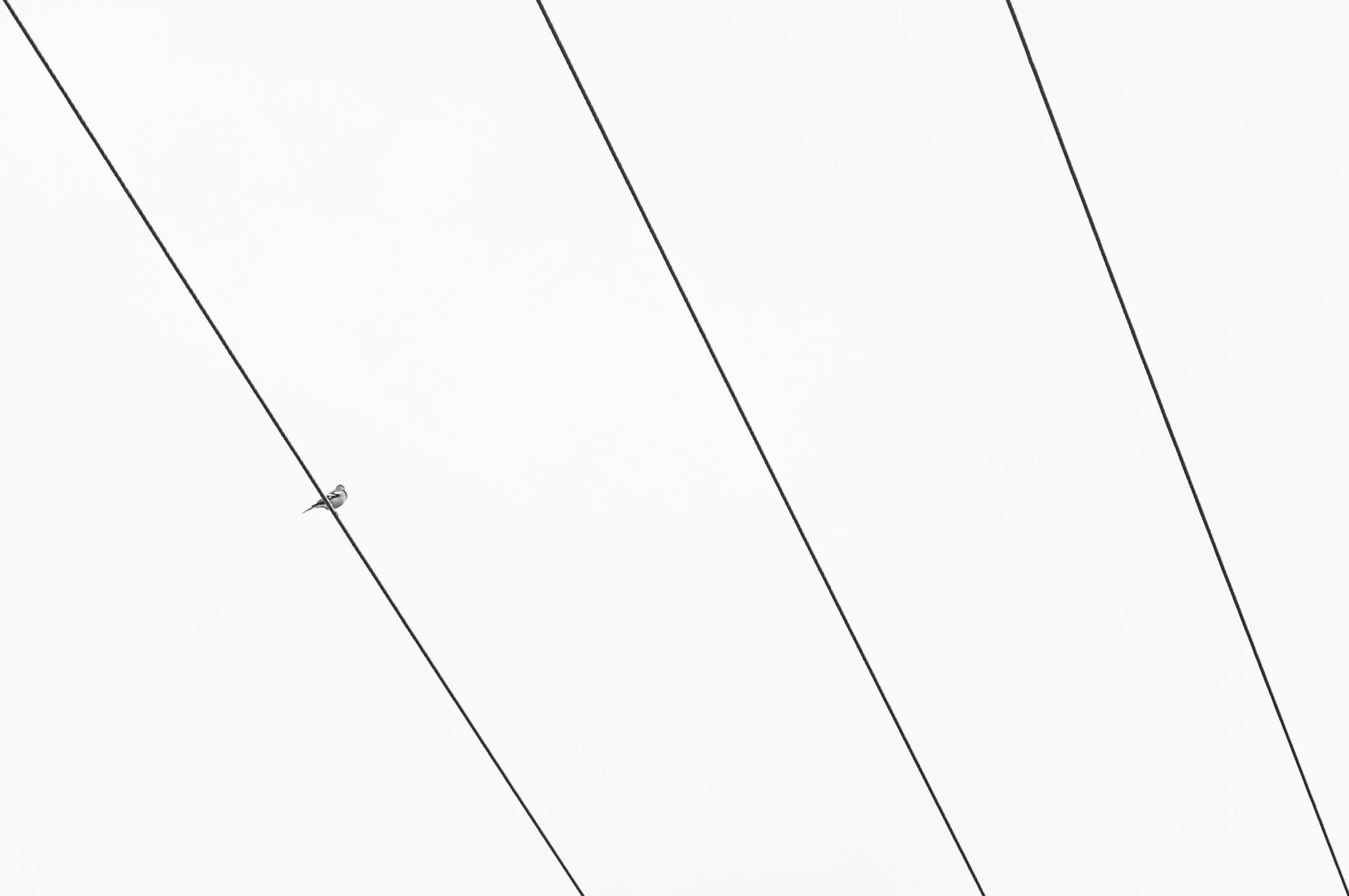
Best 75mm
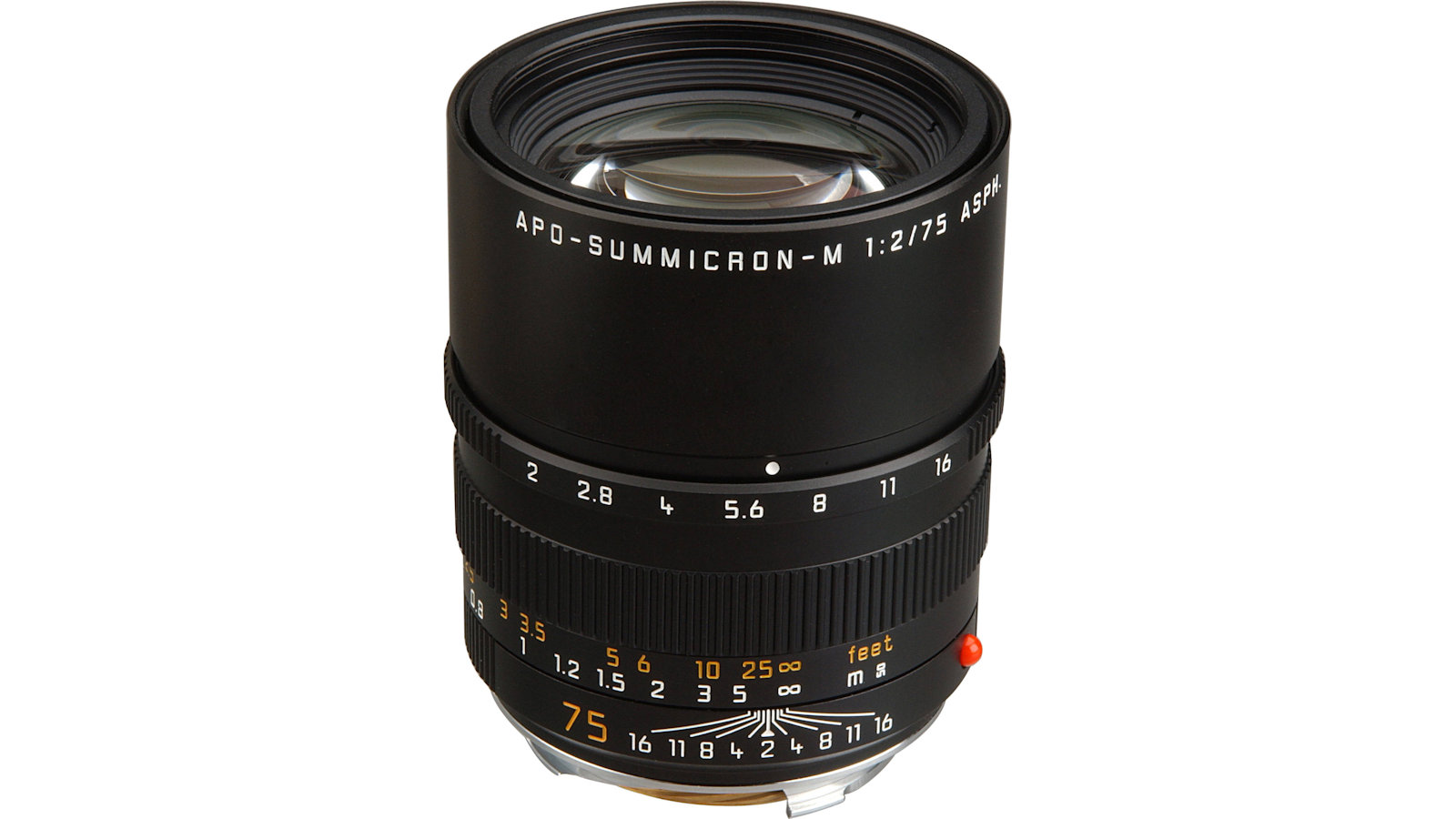
13. Leica APO-SUMMICRON-M 75 f/2 ASPH.
Specifications
Reasons to buy
Reasons to avoid
✅ You shoot portraits: the best prime for portraits in the Leica lineup
✅ You're on a budget: Really 'affordable' for Leica
❌ You want compactness: it is rather larger for 75mm, and makes it unbalanced in the hand
A highly versatile short telephoto lens, this Summicron 75mm works well for shooting nature and landscapes as well as for portraiture.
The f/2 aperture rating enables a tight depth of field although, in this respect, it naturally can’t compete with the Noctilux 75mm. Even so, image quality is fabulous in all respects, it’s less than half the weight of the Noctilux and only about a third of the price.
Best 90mm
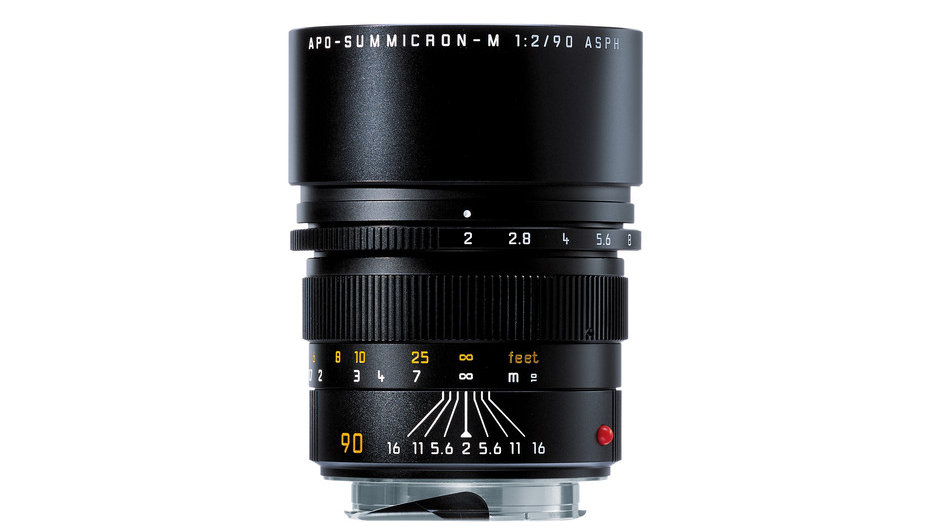
14. Leica APO-SUMMICRON-M 90 f/2 ASPH.
Specifications
Reasons to buy
Reasons to avoid
✅ You want extra reach: 90mm is perfect for when our out and about.
✅ You want low-light performance: with an aperture of f/2 this is a great lens to shoot when you have less available light
❌ You're on a budget: It's a rather expensive lens for the reach when you compare with other brands
❌ You plan to carry it all day: with its large f/2 aperture and being a 90mm it's a rather large and heavy lens to carry all day long
Arguably the best compromise between quality and purchase price among Leica’s M-mount 90mm primes, this lens boasts APO performance and an aspherical design, complete with a fast f/2 aperture.
Its suitability extends from photojournalism to theatre and portrait photography, with excellent sharpness and contrast when shooting wide-open, along with a tight depth of field and beautiful bokeh.
Best for reach
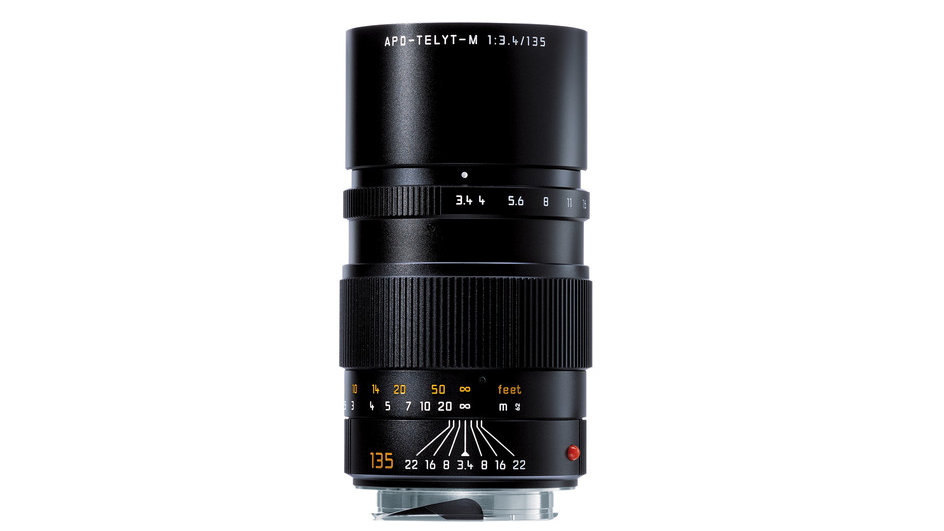
15. Leica APO-TELYT-M 135mm f/3.4
Specifications
Reasons to buy
Reasons to avoid
✅ You want extra reach: this 135mm is the longest focal length you can buy an help want you want to get closer to the action
✅ You want to stop down: with its highest aperture being f/22 you can really get every single detail in focus
❌ You want less bulk: this is a rather long lens and can be cumbersome to travel with it not using it all the time
❌ You want something cheap: this will set you back over 3K, but the older (and bigger) 135mm f/2.8 can be had for under $300/£300 secondhand
Topping the M-mount range in terms of telephoto reach, this lens really covers the distance. It’s brilliant for compressing perspective and for any time you can’t get as physically close as you might like to the subject you’re shooting.
It also works really well for tight head-and-shoulders portraits, enabling you to shoot from a comfortable distance. As you’d expect, image quality is exemplary in all respects.
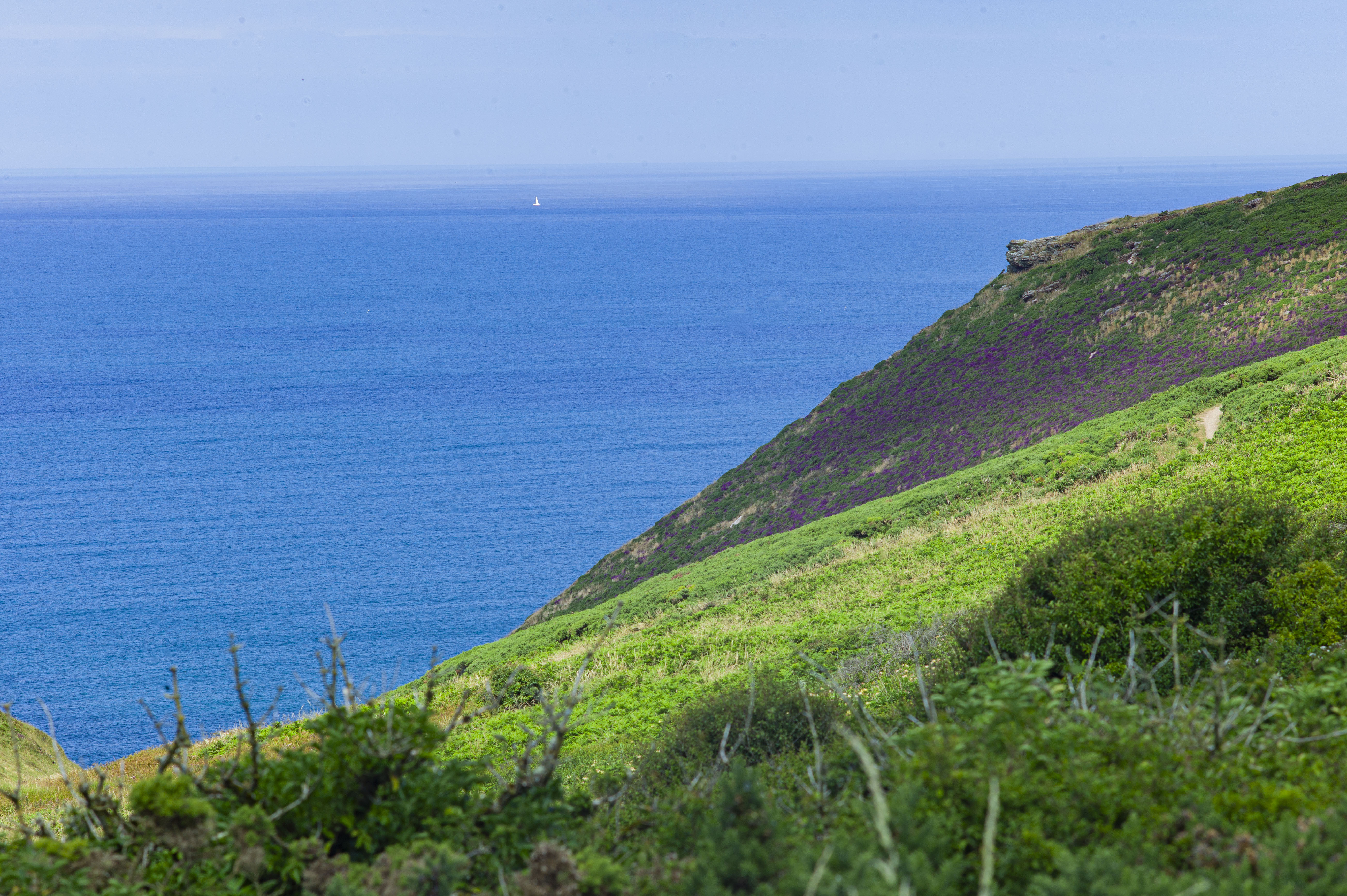
Leica lens names explained
Leica lenses go by a variety of names. It can be confusing for the uninitiated, but the underlying simplicity is that the names refer to aperture ratings. In ascending order of speed, the Summaron has an aperture of f/5.6, whereas it’s f/4 for the Elmar, around f/3.4 to f/3.8 for the Super-Elmar, and f/2.8 for the Elmarit.
Ramping things up into super-fast territory, there’s the f/2 Summicron, f/1.4 Summilux, and ultra-fast f/0.95 to f/1.25 Noctilux range.
As a photographic brand, Leica is somewhat legendary for the exacting standards of its German high-tech design and precision engineering. That’s still generally the case but, to get around import tariffs in the USA, be aware that some M-mount lenses are now also made in Portugal and are available at reduced prices in the States. Let’s take a look at all of the lenses in the current M-mount line-up.
How we test lenses
We test lenses using both real world sample images and lab tests. Our lab tests are carried out using the Imatest testing suite, which consists of custom charts and analysis software that measures resolution in line widths / picture height – a measurement widely used in lens and camera testing.
1. Sharpness (Imatest): Here we measure sharpness at different apertures from the centre to the outer edge. We shoot the chart pictured and Imatest outputs a figure based on line width divided by picture height – high numbers are better.
2. Distortion (Imatest): This test measures the distortion caused by the lens. We shoot the simple, lined chart pictured above and then output an accuracy percentage in Imatest. The most accurate result (ie, the best) would be 0%.
3. Fringing (Imatest): This test measures the occurrence of chromatic aberration. We shoot the chart pictured above, then analyze the photos using Imatest. The results are expressed in pixels, with lower numbers being better.
You might also be interested in
Best Leica cameras
Leica M11-p review
This is why Leica cameras are so expensive
Leica M-A review
Leica M11 Monochrom review
Leica Q3 43 Review
Get the Digital Camera World Newsletter
The best camera deals, reviews, product advice, and unmissable photography news, direct to your inbox!

For nearly two decades Sebastian's work has been published internationally. Originally specializing in Equestrianism, his visuals have been used by the leading names in the equestrian industry such as The Fédération Equestre Internationale (FEI), The Jockey Club, Horse & Hound, and many more for various advertising campaigns, books, and pre/post-event highlights.
He is a Fellow of the Royal Society of Arts, holds a Foundation Degree in Equitation Science, and holds a Master of Arts in Publishing. He is a member of Nikon NPS and has been a Nikon user since his film days using a Nikon F5. He saw the digital transition with Nikon's D series cameras and is still, to this day, the youngest member to be elected into BEWA, the British Equestrian Writers' Association.
He is familiar with and shows great interest in 35mm, medium, and large-format photography, using products by Leica, Phase One, Hasselblad, Alpa, and Sinar. Sebastian has also used many cinema cameras from Sony, RED, ARRI, and everything in between. He now spends his spare time using his trusted Leica M-E or Leica M2, shooting Street/Documentary photography as he sees it, usually in Black and White.
